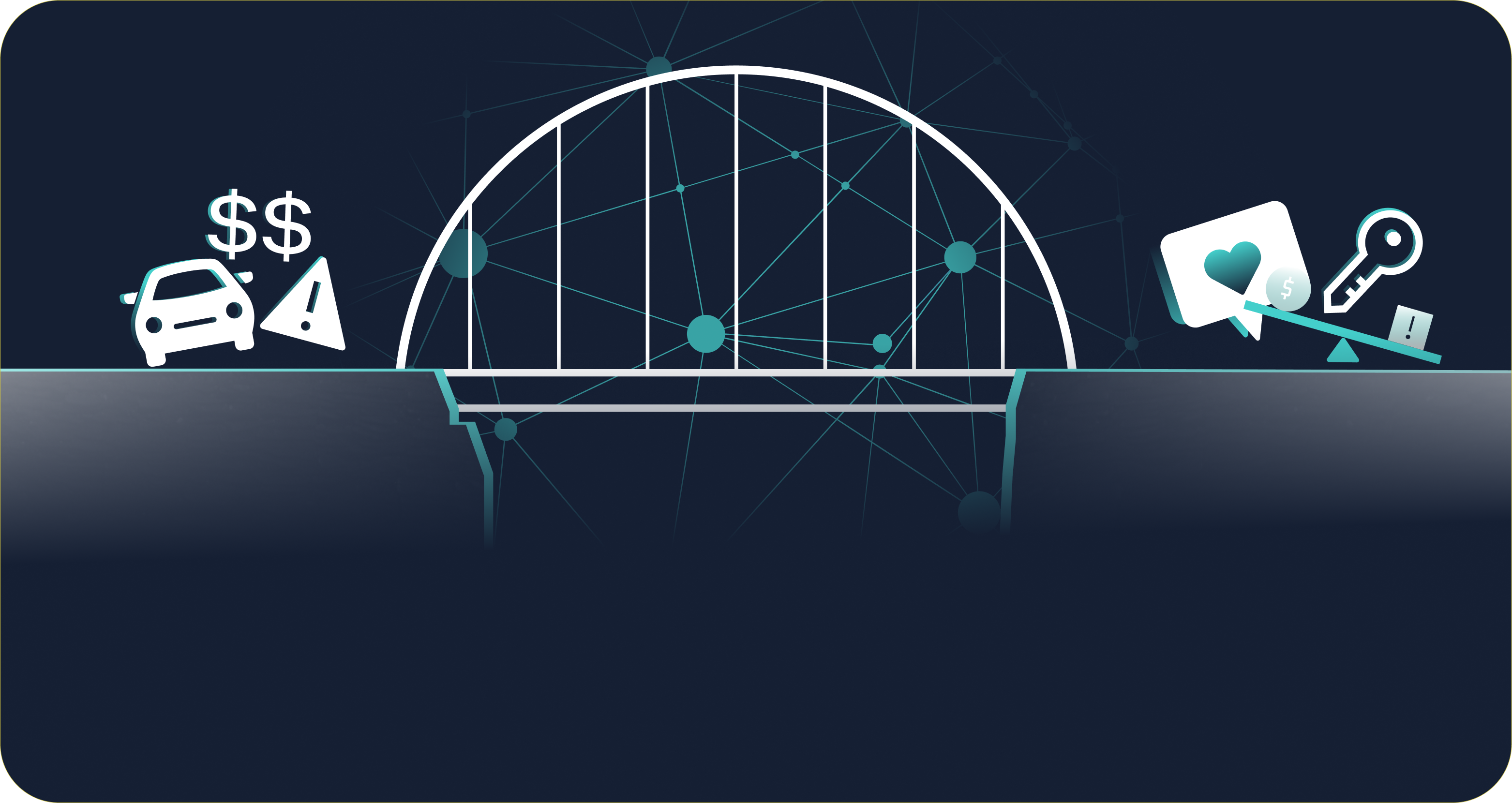Feeling challenged by challenger banks? This one’s for you.

Feeling challenged by challenger banks and cash advance apps? This one’s for you.
Neobanks, or “challenger banks” as they’ve been called (due to their ability to shake the status quo in banking) don’t feel so “neo” anymore. As of 2025, 60% of Millennials and 72% of Gen Z are using a neobank as their primary banking service. Young people aren’t the only demographic using neobanks—Charlie Financial is specifically designed for those close to retirement or retiring.
Neobanks, including those that offer cash advances like Dave and Chime are popular because they’re fast and accessible (and most of them have great graphic design teams). They’re not without drawbacks: no physical branches means potentially limited support, and some are not insured by the NCUA or FDIC. Furthermore, cash advance features can often create a “vicious cycle” of debt, including hidden fees or allowing users to have multiple cash advances at once. Instead of going to the payday lender down the block, consumers can now access these loans in their pocket.
To consumers, these apps look benign and unassuming. Accessing goods and services from online retailers like Amazon or Target has long been simple, convenient, and safe—so why should these apps be any different? For low-income individuals, cash advances are even more appealing. A report from the Center for Responsible Lending revealed that 59%-97% of users across four different cash advance companies earned less than $50,000 per year. Similarly, a survey of low-income workers receiving government benefits found that 51% had used or downloaded direct-to-consumer apps, with 16% reporting weekly use. They’ve been dubbed the “loan shark in your pocket”—with a large share of users in a financially vulnerable position, who might not understand the risks.
So, community FIs face two key challenges: accessibility and education. To overcome these hurdles, adopting leading technology like AI is not just an option—it’s essential. AI offers community FIs the tools to stay relevant and competitive in an ever-changing landscape, solidifying their role as the trusted, go-to financial institution for the communities they serve.
Challenge #1: Accessibility
Community banks and credit unions have long prided themselves on personal relationships, local roots, and a commitment to best servicing their communities and expanding access to credit. But in a digital-first world, relying solely on these strengths is not enough. To compete with neobanks and apps, they must modernize their offerings and operations to be as accessible as their customers or members need them to be while staying true to their core values.
By now, we know that it’s table stakes to have mobile and online banking platforms, but consumers expect tailored experiences in every aspect of their lives. AI can offer spending insights and product recommendations, such as flagging recurring subscription services or offering lending products that an individual needs and qualifies for, before they even start shopping.
AI can give FIs an advantage where neobanks fail—the ability to expand access to credit without increasing risk—and provide a trusted, personal touch when needed. Here’s how:
• AI-driven pre-screening and pre-qualification provide your lending organization with deeper insights into customers, enabling you to better address their financial needs proactively and increase your share of wallet.
• AI-automated underwriting and fraud detection can make the lending process even quicker while better protecting your organization and borrowers across evolving, sophisticated threats. This technology can automate the vast majority of loan decisions, instantly accessing thousands of data points to accurately assess risk—while delivering customer delight.
• Community FIs can implement this technology without a massive tech overhaul, especially with an AI partner that can integrate with their existing systems.
Meeting and exceeding consumer expectations—firstly for speed, and secondly for trust, allows community FIs to be competitive. For example, fraud detection is a hot topic for both FIs and consumers—nearly 80 million US consumers lost money to scams in the last five years. As these threats continue to grow, 69% of consumers are prioritizing fraud protection when selecting a financial institution. Powerful, instant fraud detection is possible with AI, further solidifying trust and giving your team more time to focus on building relationships with customers. In fact, after an institution can astutely prevent or resolve a fraud incident, customer satisfaction increases, and customers are more likely to return and recommend their financial institution.
Challenge #2: Education
In an era of declining trust in financial institutions, community banks and credit unions have a unique opportunity to lead with authenticity and care. Neobanks may offer speed and convenience, but they often lack the deep community ties and human touch that local institutions can provide.
While chatbots are convenient, they often can’t provide the empathy, knowledge or relationship-building required for more complex situations. In fact, 60% of Gen Z reported that, while they prefer AI for simple and convenient tasks, they prefer humans for complicated problems.
This is where community-based financial institutions have an edge—they can still adopt the digital agility of neobanks, while staying grounded in their mission and local touch. Automation can free up the time that a trusted advisor can spend with a borrower, giving them personalized attention and helping them achieve their financial goals while providing financial literacy and wellness support. Technology simply enhances and does not replace, personal connections.
Furthermore, neobanks are gaining a new reputation for… getting in trouble. This includes undisclosed fees, higher risk of fraud and money laundering, or becoming bankrupt and locking thousands of consumers out of their accounts.
Consumers increasingly value corporate social responsibility. Community-based lenders can emphasize their commitment to putting the consumer first with NCUA or FDIC insurance, robust compliance and security measures, and a commitment to responsible and ethical practices. A safe, worry-free banking experience is a powerful selling point. Lenders can adopt safe and compliant AI that ensures their technology stack is in line with their values and mission.
Think like a neobank, act like a community financial institution
Fintech leaders are agile and informed because they use a lot of data to drive business decisions. Community FIs have the power to implement these same strategies with AI, bringing in more data to help them be proactive with lending strategies. GenAI has the ability to synthesize large amounts of data in little time, allowing your organization to get ahead of the curve and find answers to anything from how they are performing against peers to the effect of a change in credit policy—without building dashboards or pulling reports.
Lender-specific GenAI tools are emerging that will level the playing field for community FIs, giving them the direct, fast access to insights without large analytics resource spend.
Redefine what it means to serve
The rise of online banks and lenders is a wake-up call for community banks and credit unions. While the competition is fierce, it also presents an opportunity to innovate, differentiate, and redefine what it means to serve customers in a digital age.
By blending the quick, strategic, and tech-forward aspects of neobanks with a community focus and trust, traditional institutions can not only survive but thrive. Getting ahead of your customers, providing them with loans they need (and will actually benefit from—not stay trapped in a cycle of debt) before they even know it, is essential to staying competitive. In doing so, community FIs can redefine their value, building lasting relationships that foster loyalty, financial empowerment, and long-term success—for both their business and the communities they serve.

